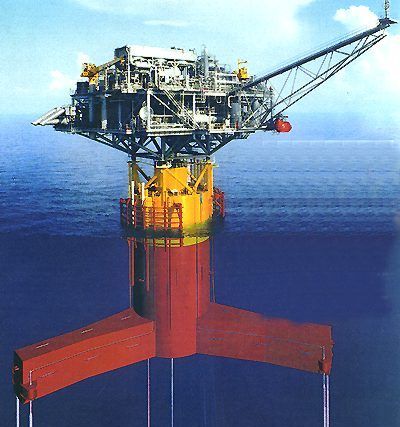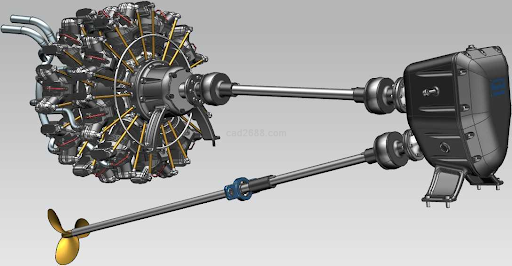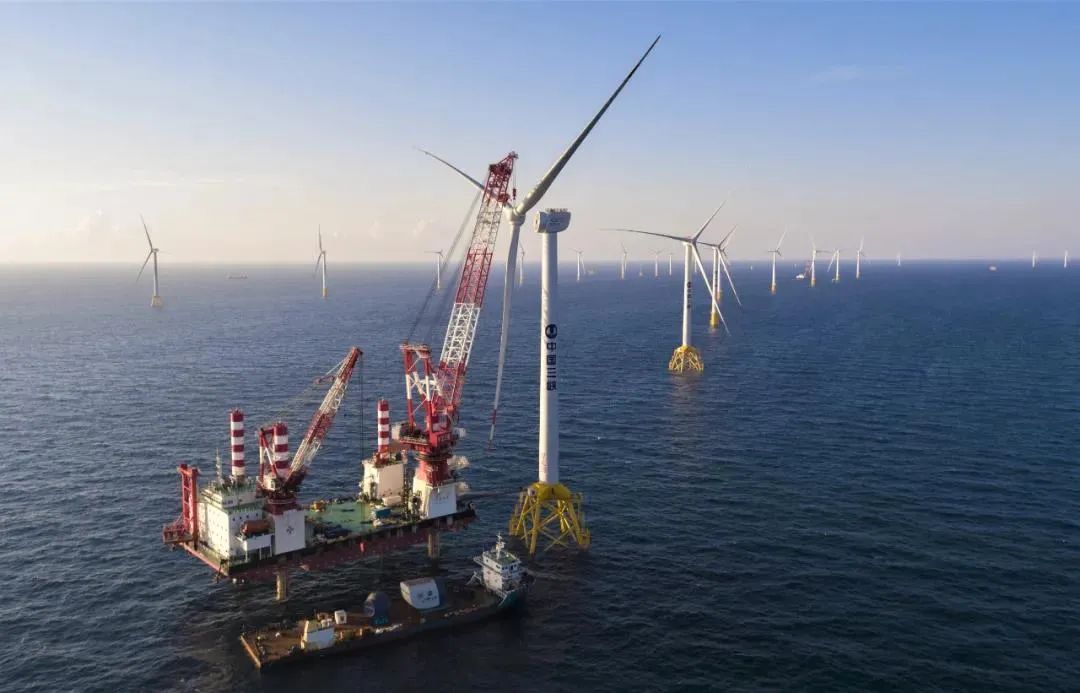Marine and Offshore Engineering Castings: Materials, Products, and Standards
2024-12-12 20:07:11 hits:0
Marine and Offshore Engineering Castings refer to the cast components used in ships, offshore platforms, and other marine engineering equipment. These castings must perform reliably in extreme marine environments, so they are required to have high strength, corrosion resistance, toughness, and fatigue resistance.
1. Main Products of Marine and Offshore Engineering Castings
The types of marine and offshore engineering castings are varied, mainly including the following categories:
(1) Structural Components for Ships and Offshore Platforms

Ship Hull Components: Such as hull support beams, rudder blades, propeller shafts, rudder gear housings, etc.
Offshore Platform Components: Such as drilling platform support parts, platform legs, foundation structures, etc.
Shells and Supporting Parts: Such as pump housings, valve bodies, gear box housings, etc.
(2) Marine Equipment Parts

Offshore Crane Parts: Such as crane arms, turntables, gears, and bearing housings.
Anchors and Anchor Components: Such as anchor hooks, anchor rings, anchor chains, etc.
Marine Pipeline Components: Such as pipeline supports, flanges, and connecting parts.
(3) Power System Components for Ships and Platforms

Engine Components: Such as cylinder heads, cylinder blocks, pistons, crankshafts, etc.
Gears and Bearings: Such as spiral gears, cycloidal gears, bearing seats, etc.
(4) Other Special Marine Engineering Castings

Deep-Sea Drilling Equipment Parts: Such as deep-sea drill heads and operating mechanical parts on drilling platforms.
Offshore Wind Power Equipment Parts: Such as wind turbine bases and tower structures.
2. Main Requirements for Cast Iron Materials Used in Marine and Offshore Engineering Castings
The materials used for marine and offshore engineering castings must meet high standards because these components are used in harsh marine environments and need to provide high corrosion resistance, strength, toughness, and fatigue resistance. The main requirements are:
(1) Chemical Composition Requirements
Corrosion Resistance: To withstand seawater corrosion, castings often require higher alloy elements such as chromium, nickel, molybdenum, etc. Common materials include high-chromium cast iron, stainless cast iron (for seawater corrosion resistance), and high-alloy steels (e.g., 12% chromium steel).
Carbon Content: Cast iron generally has a carbon content of 2.5%-4.0%. For stainless cast iron, the carbon content should be controlled within an appropriate range to balance strength and corrosion resistance.
Alloying Elements: Castings may require the addition of elements such as chromium (Cr), nickel (Ni), molybdenum (Mo), titanium (Ti), and vanadium (V) to improve corrosion resistance and mechanical properties, especially in marine environments.
(2) Physical Properties Requirements
Tensile Strength: Due to the harsh working conditions in the marine environment, castings typically require high tensile strength, generally ranging from 350-600 MPa.
Hardness: Offshore engineering castings often need high hardness for wear resistance. Hardness is generally in the range of HB200-300.
Toughness: Toughness is critical, especially for components that need to withstand wave impacts, pressure fluctuations, and other extreme conditions. For example, ductile iron and stainless cast iron have good performance in terms of impact resistance and fatigue.
Corrosion Resistance: Marine environments often expose castings to saltwater corrosion and chloride ion erosion, making corrosion resistance a key requirement. Alloying elements such as chromium, nickel, and molybdenum help improve the corrosion resistance of castings.
(3) Casting Process Requirements
Control of Casting Temperature: The temperature of the molten metal must be carefully controlled to ensure good fluidity and prevent casting defects.
Defect-Free Requirements: Castings should be free from cracks, gas holes, sand inclusions, and other defects to prevent failure during prolonged use.
3. Standards for Marine and Offshore Engineering Castings Products
The standards for marine and offshore engineering castings products are highly stringent, typically covering the following aspects:
(1) Dimensional Accuracy and Surface Quality
Dimensional Accuracy: Marine engineering castings require high precision, usually controlled according to international standards, such as ISO 8062-3, GB/T 11352, etc. Common casting tolerance grades are CT7-CT9.
Surface Quality: Castings must have a smooth surface, free from obvious casting defects such as cracks, gas holes, and sand inclusions. Surface roughness is typically required to be Ra 3.2-6.3μm.
(2) Mechanical Properties
Tensile Strength: Depending on the part, the tensile strength is typically required to be at least 350 MPa, with some high-performance castings reaching 600 MPa or more.
Impact Toughness: Marine and offshore engineering castings require good impact toughness, especially when used under low temperatures or high-pressure conditions. Impact toughness is often required to be 10-20 J.
Hardness: Hardness is generally controlled within the range of HB200-300, with some castings requiring higher hardness, such as HB350.
(3) Corrosion Resistance
Salt Spray Testing: Many marine castings are subjected to salt spray testing to assess their corrosion resistance in seawater environments. The corrosion resistance of castings must meet specific standards, such as ISO 9227.
Chloride Resistance: Marine castings need good resistance to chloride-induced corrosion, as seawater contains high concentrations of chloride ions. Castings must show strong resistance to this type of corrosion.
(4) Quality Control and Inspection
Non-Destructive Testing: Castings must undergo X-ray, ultrasonic, magnetic particle, or dye penetrant testing to ensure there are no internal defects like gas holes or cracks.
Dimensional Inspection: High-precision measurement tools, such as CMMs (Coordinate Measuring Machines), laser scanners, etc., are used to perform precise dimensional inspections.
(5) Heat Treatment Requirements
Some castings (especially high-strength parts) may require heat treatment processes, such as normalizing, annealing, or quenching and tempering, to improve mechanical properties like strength, toughness, and wear resistance.

 en
en  fra
fra  de
de  ru
ru  gle
gle  th
th  ara
ara  it
it  jp
jp  kor
kor  zh
zh 


